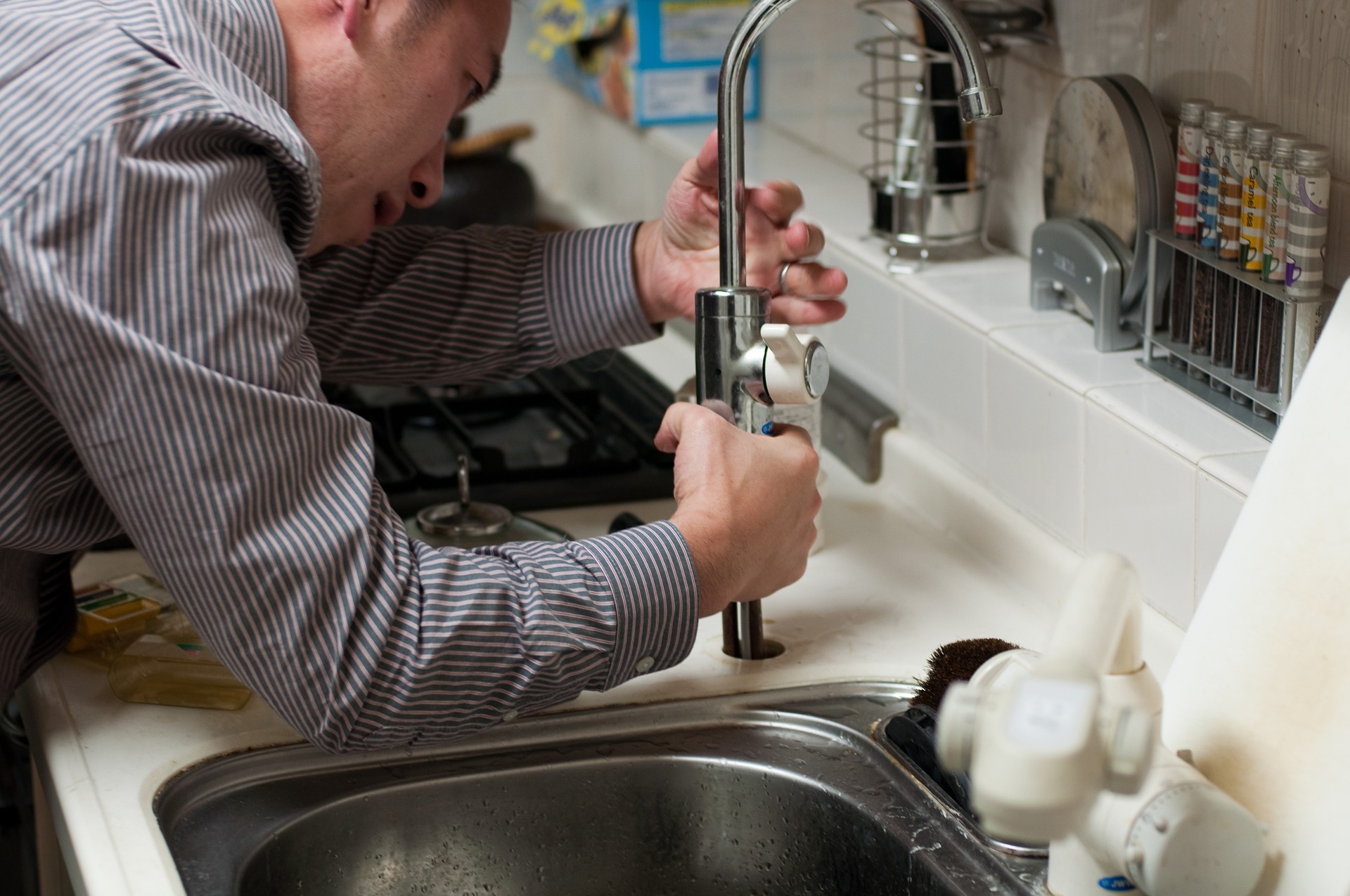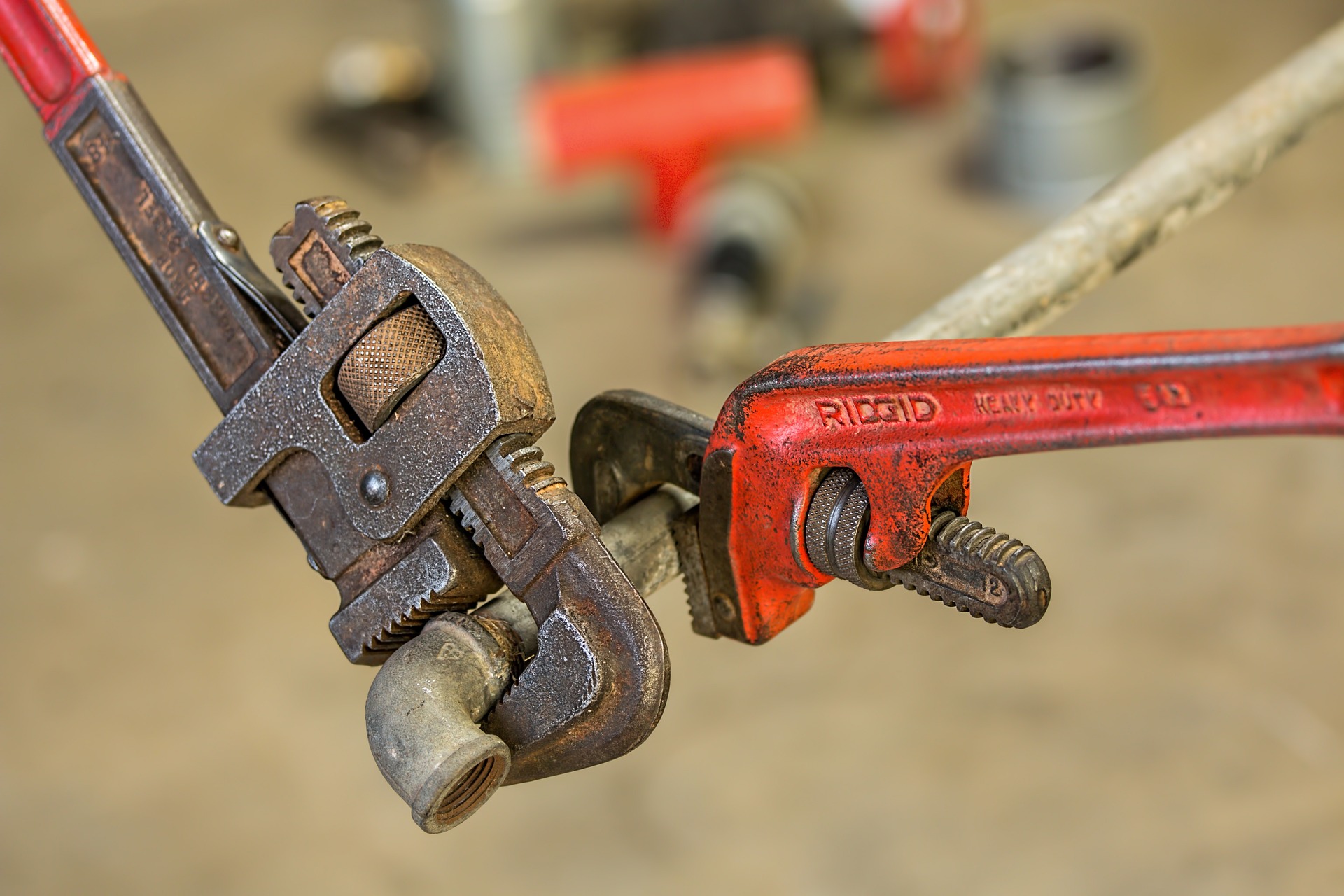If you are a homeowner, the term “Valley Bonnet Nut” may be unfamiliar to you, but it is an essential piece in your plumbing system that you should know about. The Valley Bonnet Nut is a threaded cap that secures the handle and stem on your faucet or valve. It connects the valve to the stem and handle assembly, ensuring the smooth operation of your faucet or valve. The Valley Bonnet Nut is an essential part of your plumbing system and should always be in good condition to prevent leaks and other problems.
In this blog post, we will discuss what the Valley Bonnet Nut is, its function, and why it matters in your plumbing system.
What Is a Valley Bonnet Nut?
A Valley Bonnet Nut is a small, threaded cap that holds the handle and stem assembly of a faucet or valve. It is typically made of brass, which is a durable and corrosion-resistant material. The Bonnet Nut is located at the base of the handle on a faucet or valve stem.

How Does It Work?
The Valley Bonnet Nut works by tightly securing the valve stem and handle assembly to the faucet body or valve. When you turn the handle, it rotates the valve stem, which opens or closes the valve. The Bonnet Nut ensures that the stem and handle assembly are tightly secured to the faucet body or valve, preventing leaks and ensuring the smooth operation of your faucet or valve.
Why Does the Valley Bonnet Nut Matter?
The Valley Bonnet Nut plays a crucial role in preventing leaks and other plumbing problems. If the Bonnet Nut is loose or damaged, it can cause the handle and stem assembly to wobble, making it difficult to turn the faucet or valve. It can also cause leaks, which can lead to water damage and increased water bills.
Replacing a Valley Bonnet Nut
If you notice leaks or problems with your faucet or valve handle, it may be time to replace the Valley Bonnet Nut. Replacing the Bonnet Nut is a relatively easy task that can be done by a DIYer or a professional plumber. Here are the steps to follow:

1. Turn off the water supply to the faucet or valve.
2. Remove the handle by unscrewing the set screw on the side of the handle. The set screw is usually located on the bottom or underside of the handle.
3. Use a wrench or pliers to loosen and remove the existing Bonnet Nut. You may need to use penetrating oil or heat to loosen the nut if it is stuck.
4. Once the Bonnet Nut is removed, inspect the stem and valve assembly for any damage or wear. Replace any damaged parts as needed.
5. Install the new Bonnet Nut, ensuring that it is tightened snugly.
6. Reassemble the handle and turn the water supply back on.
Conclusion
In conclusion, the Valley Bonnet Nut is an essential component in your plumbing system that ensures the smooth operation of your faucets and valves. It is a small part that can cause significant problems if it is damaged or loose. If you notice leaks or problems with your faucet or valve handle, consider replacing the Bonnet Nut to prevent further damage. Remember, if you’re having trouble replacing the nut or handling any other plumbing issue, call the expert plumbers at Ace Plumbing Repair on (844) 711-1590 or visit our website at aceplumbingrepair.com.






